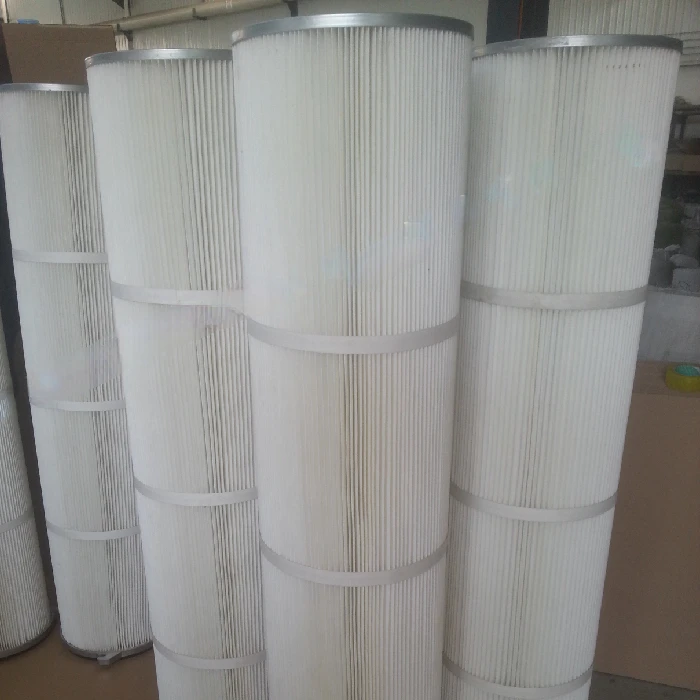Nov . 10, 2024 00:13 Back to list
Exploring Creative Designs for Acid Etched Glass Patterns and Their Applications
The Art and Elegance of Acid-Etched Glass Patterns
Acid-etched glass has emerged as a popular medium in both architectural and decorative design, providing a sophisticated touch to various spaces. This technique, which employs the use of acid to create intricate patterns on glass surfaces, offers a stunning blend of beauty and functionality. In this article, we explore the history, process, applications, and benefits of acid-etched glass patterns.
A Brief History
The technique of etching glass dates back to ancient times, with early examples found in Roman artifacts. However, the use of acid for etching gained popularity only in the 19th century when artists recognized its potential for creating more detailed and complex designs. Over the years, acid-etched glass has been utilized in a variety of contexts, from religious stained glass windows to contemporary glass installations in homes and commercial spaces.
The Acid-Etching Process
The process of acid etching involves several key steps. First, a design is applied to the glass surface, typically using a resist material that protects certain areas from being etched. This resist can be a film, vinyl, or a hand-painted design. Once the design is established, the glass is submerged in an acid solution, usually a mixture of sodium bisulfate or hydrofluoric acid. The acid reacts with the exposed areas of the glass, creating a frosted effect that varies in depth depending on the application time and concentration of the acid.
This method allows for an incredible range of designs— from subtle textures to detailed images— and is particularly well-suited for creating patterns that can interact with light in interesting ways. After the etching process is complete, the glass is washed and dried, revealing the final design.
Applications in Design
Acid-etched glass has a myriad of applications in design. It is commonly used in architectural settings such as windows, doors, and partitions, where it can provide privacy while still allowing light to filter through. The frosted appearance of the glass diffuses light, creating a soft ambiance in offices, hotels, and residential spaces alike.
acid etched glass patterns

In addition to its functional benefits, acid-etched glass is increasingly favored in decorative arts. It can be used in mirrors, art installations, and custom cabinetry to enhance aesthetic appeal. Artists and designers often incorporate acid-etched glass as a means to add depth and intricacy to their work, using it as a canvas for their creative expressions.
Benefits of Acid-Etched Glass
One of the key advantages of acid-etched glass is its ability to offer privacy without sacrificing light. This makes it ideal for spaces like bathrooms, conference rooms, and any area where a balance of transparency and seclusion is desired. Additionally, the patterns created through acid etching are durable and resistant to wear, making them a long-lasting choice for surfaces.
Moreover, acid-etched glass is low maintenance. Its smooth surface can be easily cleaned, and it does not harbor dirt and grime like textured glass can. This ensures that the beauty of the etching remains intact over time.
Aesthetic Versatility
From geometric shapes to floral motifs and intricate landscapes, the versatility of acid-etched glass patterns is astounding. Designers can tailor their creations to match various styles— whether it be modern, traditional, or Art Deco. This adaptability makes acid-etched glass a sought-after choice among architects, interior designers, and homeowners looking to infuse their spaces with personality and flair.
Conclusion
In conclusion, acid-etched glass patterns combine artistry with practicality, enriching our environments with elegance and sophistication. As technology evolves, we can expect even more innovative designs to emerge from the world of acid etching, pushing the boundaries of what is achievable in glasswork. Whether used in residential, commercial, or artistic applications, acid-etched glass continues to capture the imagination and elevate interior spaces, making it a timeless choice in the realm of design.
-
Safety and Style with Premium Laminated Glass Solutions
NewsJun.24,2025
-
Reinvents Security with Premium Wired Glass
NewsJun.24,2025
-
Premium Float Glass Line for Modern Architecture
NewsJun.24,2025
-
Low Emissivity Glass for Energy-Efficient Architecture
NewsJun.24,2025
-
High-Performance Insulated Glass Solutions for Modern Architecture
NewsJun.24,2025
-
Elevates Interior Style with Premium Silver Mirror
NewsJun.24,2025
Related PRODUCTS














